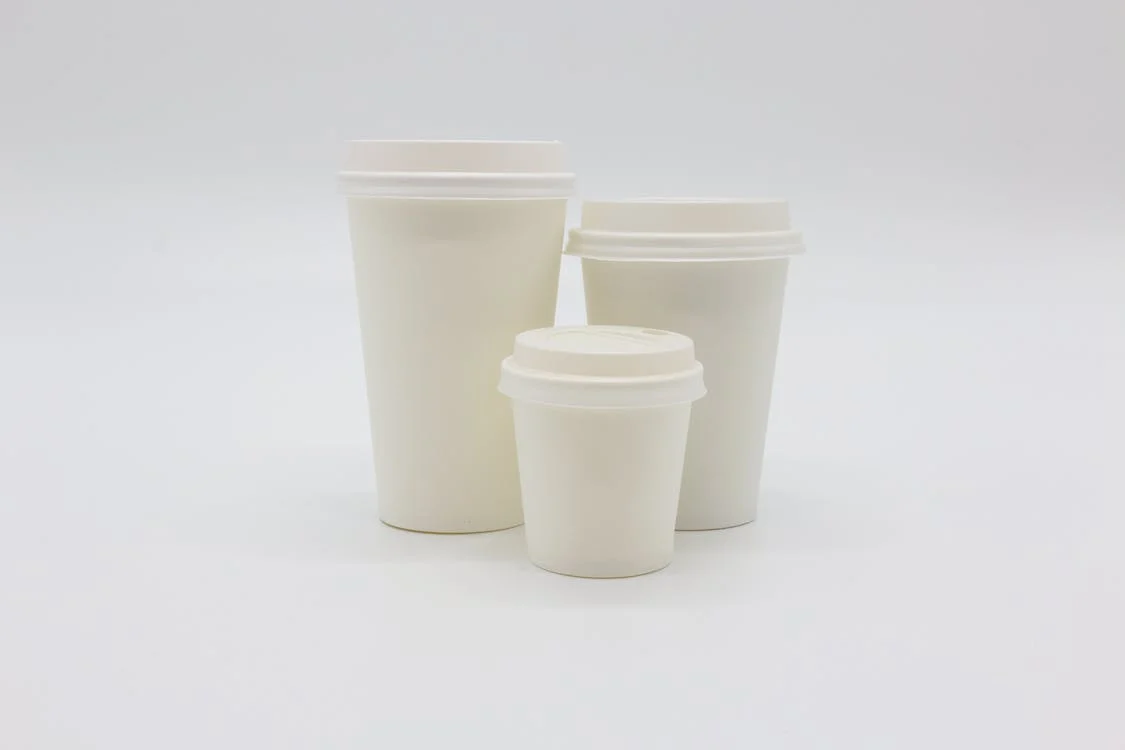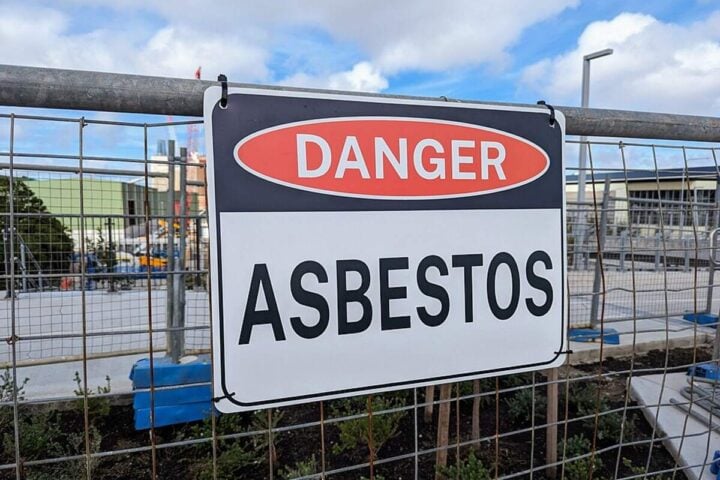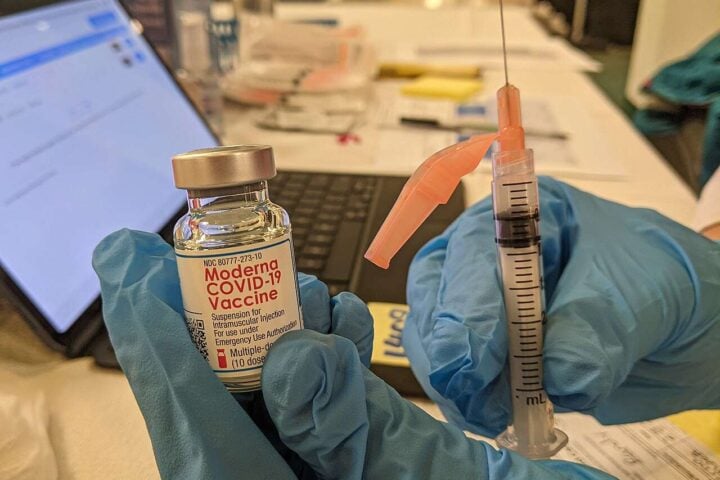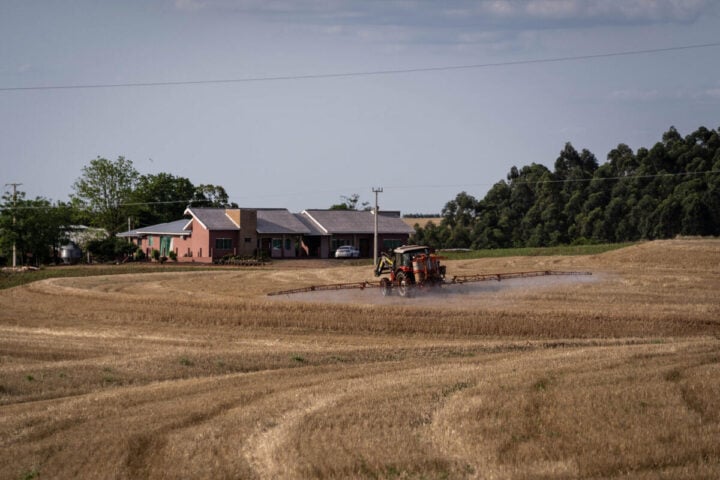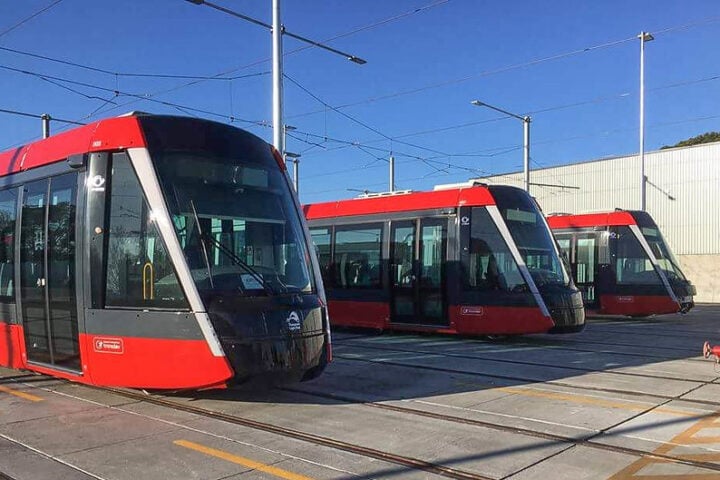According to recent studies, paper is not an eco-friendly alternative. As much as we have delved into the sustainable nature of the beautiful paper cups, it turns out they are not so helpful. The toxicity still leeches its way into the paper cups. The University of Gothenburg’s research has published a study on the environmental and health hazards of paper cups. The Environmental Pollution Journal published this study. The study is ground-breaking because paper cups have always been accepted as a sustainable alternative to plastic cups.
“It’s a common misconception that paper cups are more environmentally friendly,” states Bethanie Carney Almroth, an associate professor of environmental science. One must wonder about how the paper can be hazardous. The loophole lies in the production process of paper cups which use chemicals that can lead to health risks. These chemicals have the tendency to survive in the environment even after the paper cup has decomposed. These chemicals lead to potential ecological harm.
Considering paper cups to be a sustainable option is a shallow overview. The aforementioned study’s findings are directed toward root-level analysis of the lifecycle of a product. From production to decomposition to the aftermaths of decomposition. “We need to be cautious about replacing one material with another without understanding the full implications,” warns Carney Almroth.
Moreover, the sugar coat of this lie runs deep in the layers of wax and plastic used to coat the paper cups to prevent leakage. These layers hinder the recycling processes by introducing chemicals that are harmful. “It’s essential to look beyond the immediate benefits and understand the broader consequences of our choices,” Carney Almroth advises.
The findings urge us to think of a more sustainable option that is also less toxic than the already existing paper cup alternative. Consumers are expected to be dutiful regarding their responsibilities of being cautious and informed about the products. Reusable cups can be the solution or a head start in the journey of sustainability here. Given that they should be built using safe materials and processes that do not introduce harmful chemicals into the product. These reusable cups will then not be a harm to the health either.
With all the studies that concern the environment and plastic/ecologically harmful products, there are two actors that come into play. These entities are industries that produce these products and policymakers with environmental and health policies. It is an alarm call (that shouldn’t be snoozed) for the manufacturers to polish their skills in the engineering of safe materials and processes. “We can’t simply swap out one harmful product for another and call it progress,” Carney Almroth points out.
Similar Posts
The study also points towards the gaps in the current knowledge of the materials and their long-term impacts. It’s a hammer to the head for a holistic approach to product design and an in-depth study of the materials. The environmental footprint does not end with the disposal of products but also with analyzing the chemicals left behind. “We must be vigilant and question the status quo, especially when it comes to products we use every day,” says Carney Almroth.
The study helps one understand that the journey towards sustainability has to be more mindful and cautious. The destination can be reached through research and rational understanding. The destination is not the ‘Green Label’ but to critically analyze the impacts of our choices. The findings also help in raising questions and skepticism regarding other popularly known ‘eco-friendly’ options and their ecological impacts. “We must challenge our assumptions and not take things at face value,” Carney Almroth emphasizes.
The research is a hallmark of success for the University of Gothenburg in contributing to true environmental research. The study targets each character involved in the story of paper cups from birth to death. It demands responsibility from the consumers and corporations. Our journey toward sustainability is filled with hurdles but research like this acts as a tool that can build a better path and future for us. “Every choice we make has consequences, and it’s our responsibility to understand and mitigate them,” Carney Almroth concludes.
The study does not fail to glance towards the complex world of sustainability where easy fixes are not an answer. It is a journey where the window for learning is to be kept open by continuously adapting to the surprising map of climate change. The University of Gothenburg’s research acts as the foundation for the fort to be built. Along with the corporations and policymakers, the consumers are also demanded to be responsible for their choices and actions. “Let’s not be swayed by labels and marketing; let’s delve deeper and understand the true impact of our actions,” urges Carney Almroth.
The findings are not just telling a story withdrawing a popular belief but bringing attention to the need for re-evaluation, redesigning, and rethinking. The clock is ticking calling for deeper evaluation rather than shallow solutions. “The path to a sustainable future is complex, but with research, understanding, and action, we can navigate it,” Carney Almroth optimistically states.
